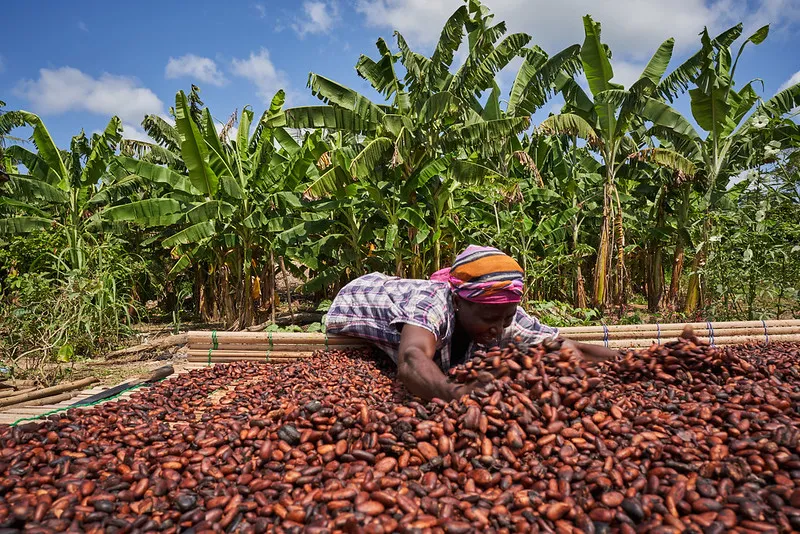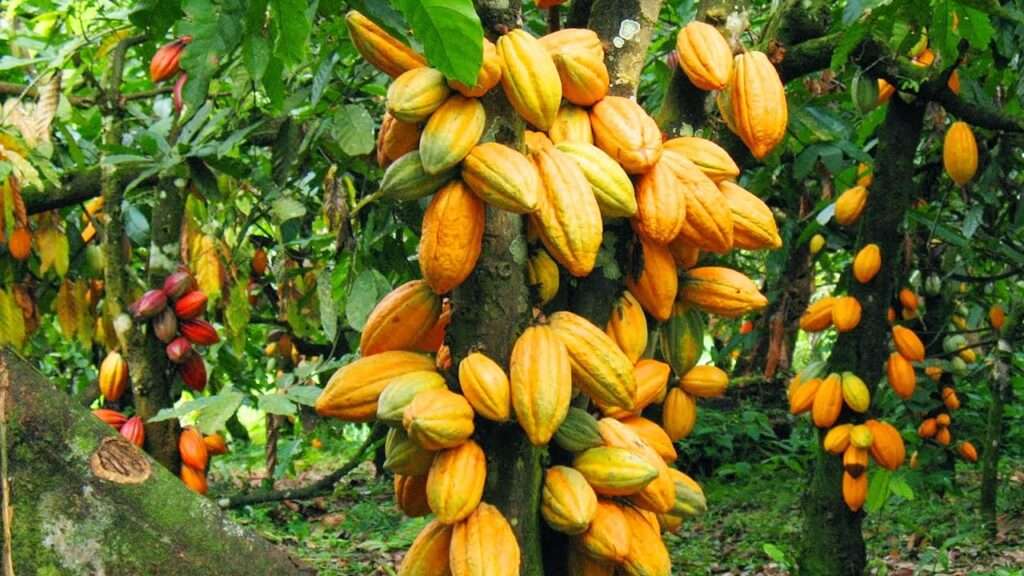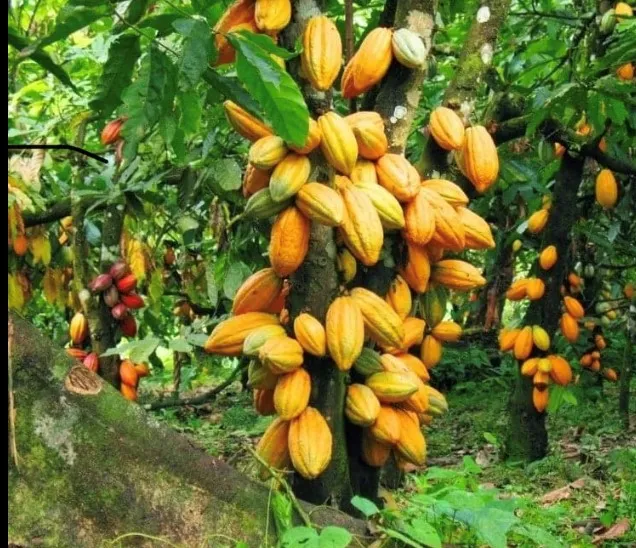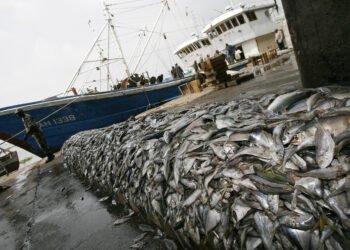Cocoa farmers in Ghana may have welcomed the government’s recent announcement of higher producer prices, but according to Dennis Asare, Senior Research Associate at IMANI Africa, the new rates still leave most producers far short of a decent standard of living.
Asare’s detailed breakdown suggests that while the headlines tout big gains, the lived reality for the majority of cocoa farmers remains rooted in persistent economic hardship.
For the 2025/26 cocoa farming season, the Finance Minister revealed that the Producer Price Review Committee (PPRC) had approved a significant adjustment — a 63 percent jump from US$3,100 (GHC48,000) to US$5,040 (GHC51,660) per tonne, based on exchange rates of GHC15.5 to US$1 for the 2024/25 season and GHC10.25 to US$1 for the upcoming season.
This revision brings the farmgate price to GHC3,228.75 (US$315) per 64 kilograms, representing roughly a 4.2 percent increase from the previous season’s rate of GHC3,100 (US$200).
While this may sound promising, Asare stressed that the structure of the cocoa sector means that most farmers will see minimal real benefit.
“The cocoa sector is dominated by smallholder farmers. The last agriculture census by the Ghana Statistical Service reports that, on average, about 90 per cent of cocoa farmers in Ghana cultivate farm sizes up to 10 acres (about 2.02 – 5 hectares), and about 70 per cent cultivate up to 5 acres (2.02 hectares) and almost half of them cultivating less than 2 acres (0.81 hectares).”
Dennis Asare
Meanwhile, a recent IMANI analysis of farming models in Ghana’s three leading cocoa-producing regions reaffirmed these figures and underscored a pressing challenge.

Research indicates that the country’s average yield per hectare ranges from 400 to 600 kilograms — roughly 6 to 10 bags — which falls far short of the estimated potential of 1,000 to 1,900 kilograms per hectare and the average output of 2,500 kilograms per hectare achieved by farmers in South America.
At these current productivity levels, many cocoa farmers would need to at least double their yields before they could meaningfully benefit from the price increases making headlines.
Price Rise Overshadowed by Low Yields
Furthermore, Dennis Asare noted that the disparity between headline price announcements and the actual well-being of farmers becomes more evident when productivity is weighed against income.
Based on a midpoint productivity estimate of about 500 kilograms per hectare from IMANI’s findings and other studies, a typical farmer would produce up to eight 64-kilogram bags per hectare.
At the newly announced price, this would amount to a maximum annual income of GHC25,830 per hectare.
“Based on the agriculture census data, this could be the maximum annual cocoa income for almost 35 per cent of cocoa farmers in Ghana cultivating below 2 acres (less than a hectare).”
Dennis Asare

He explained that for roughly 70 percent of cocoa farmers in Ghana, who work on up to 5 acres (about 2.02 hectares), the highest possible annual income from cocoa is GHC51,660 under the newly announced prices.
Using the maximum annual income per hectare as a standard benchmark, this figure breaks down to about GHC2,152.50 per month and approximately GHC5.90 per day, highlighting the persistent income gap faced by most farmers.
Most Cocoa Farmers Earn Below Living Wage
Dennis Asare also noted that achieving a reasonable standard of living for a cocoa farmer with an average household size of five would require a daily income equivalent to US$1.96.
Using COCOBOD’s stated exchange rate of GHC10.25, this amounts to approximately GHC20.09 per day.
When the expected daily income of GHC5.90 for farmers with less than a hectare is compared to the benchmark, “about 35 per cent of farmers” could be living almost three times below the expected living income.

“If we use the maximum annual cocoa income for about 70 per cent of farmers who cultivate up to 2 hectares, the expected daily cocoa income would be GHC11.80, which is woefully below what the average farmer needs to achieve a living income.”
Dennis Asare
This means that despite the new prices, the majority of cocoa farmers remain financially vulnerable.
According to Asare, IMANI’s analysis also showed that in many cases, a cocoa farmer’s total costs—including expenses beyond cocoa production—can consume nearly half of their annual income.
Yet, he observed, discussions around the cost of production are often absent from political debates.
In his words, “While the farmer observes sweet price announcements ring out, their reality remains bitter with poverty.”
READ ALSO: Funeral Held For Journalists Killed In Israeli Strike



















